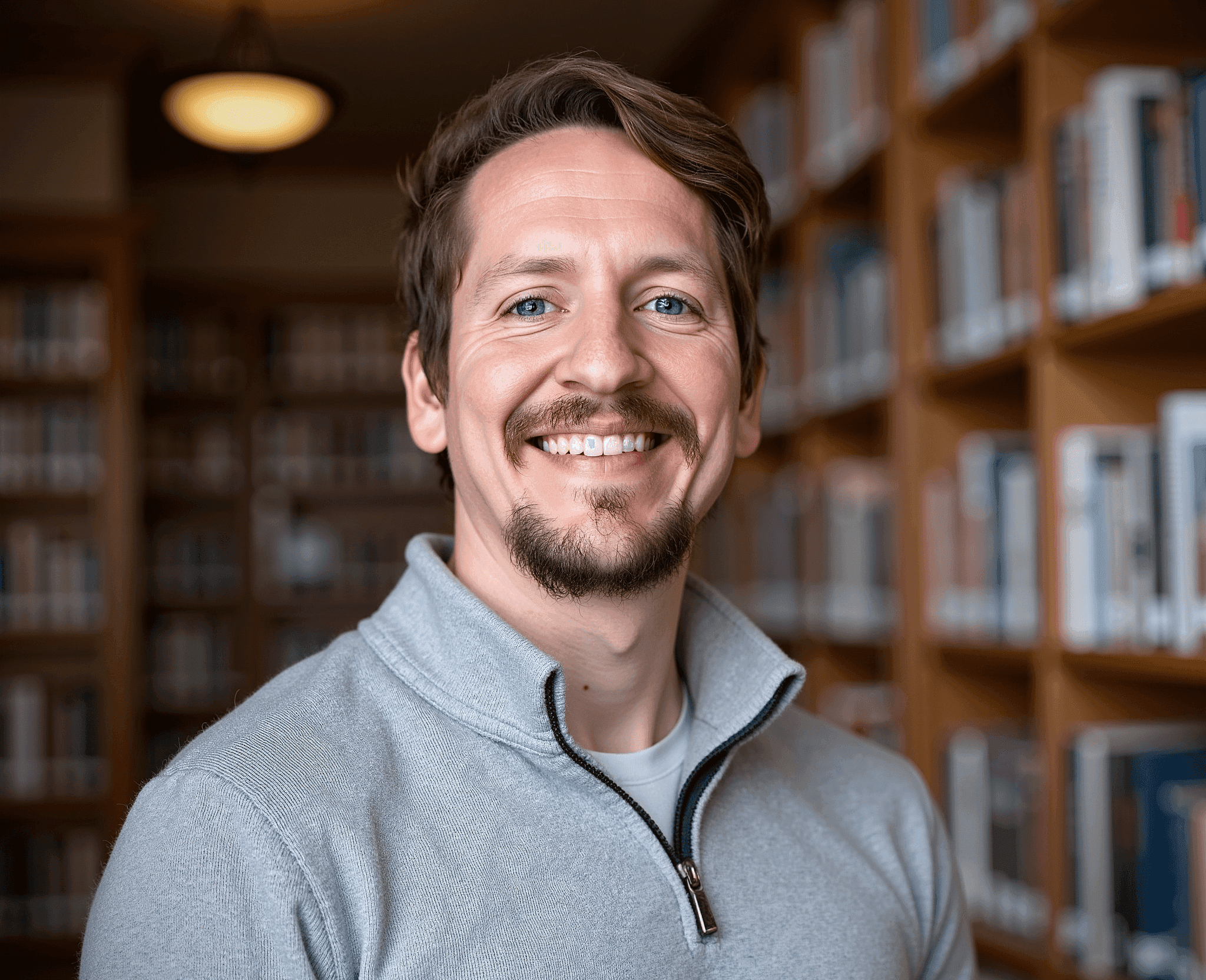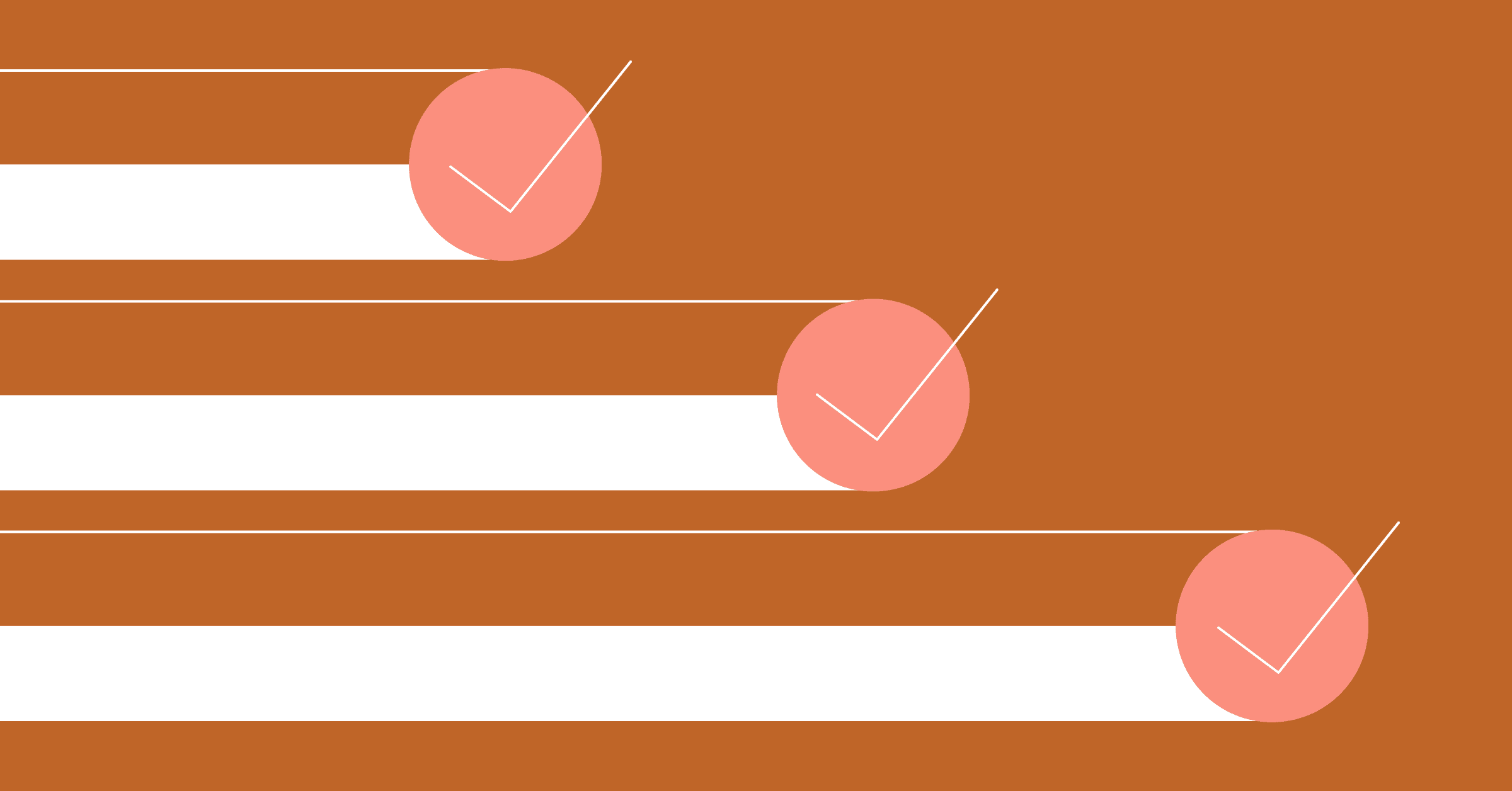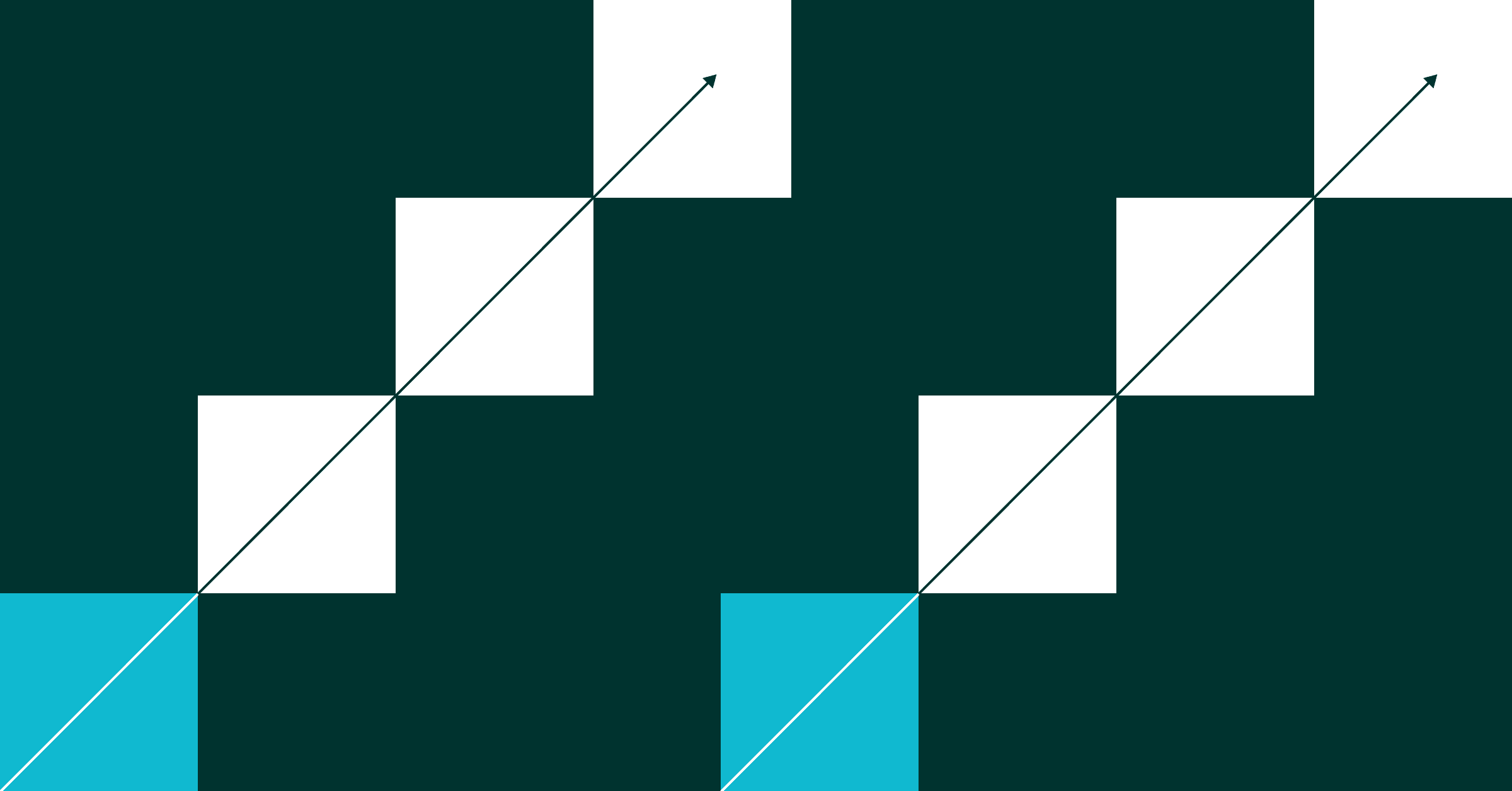When an organization experiences explosive growth, the natural response is to hire more engineers. But as Mike Fisher, former CTO of Etsy, discovered, simply adding people can create more problems than it solves. After a successful cloud migration in early 2020, Etsy faced an unprecedented demand surge during the pandemic, forcing them to scale their teams rapidly.
This hyper-growth immediately surfaced a classic challenge. "When you add a bunch of people... you've got other challenges," Fisher explains. "This is the mythical man-month at scale. You can't add someone else and just be as efficient."
This realization launched a multi-year journey at Etsy focused on a single, crucial idea: that true engineering productivity isn't about headcount, but about creating a world-class developer experience. This article explores how Fisher’s team justified the investment, structured their approach around key pillars, and developed a human-centric philosophy for scaling their engineering organization.
Justifying the investment in developer experience
Fisher and his team secured a substantial commitment to developer experience, allocating approximately 20% of engineering capacity to the initiative. To build and maintain executive trust, they established a rhythm of regular check-ins. "We committed right upfront... to share back to the engineering organization at least twice a year," Fisher recalls, noting they eventually made it a standing update in their quarterly all-hands meetings.
This transparency allowed for agility. When an experiment with GraphQL encountered setbacks, they were able to pivot based on their learnings rather than stubbornly continuing down an unproductive path.
Justifying the investment required translating technical improvements into financial terms. Fisher took a practical approach, calculating the time saved from small optimizations across the entire engineering organization. "If you can take the deploy down from 15 minutes to seven minutes... we start getting into a pretty serious amount of hours that were saved," he illustrates. He also highlighted the long-term financial benefits of high retention, estimating that losing an employee costs at least six to twelve months of productivity.
A leadership-driven, pillar-based approach
Rather than creating a separate platform team that could become disconnected from day-to-day realities, Fisher embedded the work within the teams already responsible for the systems being improved. The initiative was structured around four key pillars, each with dedicated executive sponsorship.
"The VPs really drove each of these pillars," Fisher explains. "We had a vice president who would really be focused on the data piece, someone focused on the develop test and deploy, and they then could build their teams around it."
This structure ensured leadership commitment while keeping the work grounded. The four pillars were:
- Building with data: Improving access to Etsy's massive machine learning infrastructure, which Fisher describes as the "iceberg" beneath the visible marketplace.
- Crafting product: Modernizing frontend technologies to ensure new developers weren't struggling with decade-old tools.
- Develop, test, and deploy: Enhancing CI/CD processes, which Fisher calls the "secret sauce" of being able to scale effectively.
- Reducing toil: Addressing challenges in finding information and reducing operational burdens, which became critical during the shift to remote work.
After two years, this pillar-based program had become so ingrained that it was no longer a special initiative but simply the "evergreen" way Etsy's engineering organization operated.
Measuring what matters: experiment and learning velocity
When it comes to metrics, Fisher rejects simplistic measures in favor of a holistic approach. One key metric at Etsy was experiment velocity—how many experiments teams could run weekly. This revealed important patterns about disruption. When a team moved to a new initiative, it took about six weeks to recover their previous velocity; when a team's composition changed, recovery took twelve weeks.
However, Fisher notes that experiments are expensive ways to learn. He advocated for measuring "learning velocity" as a more comprehensive metric that includes other forms of learning beyond A/B testing. This was supplemented with developer satisfaction surveys to gauge happiness and ensure improvements were aligned with engineers' needs.
The human-centric ROI of developer experience
Ultimately, Fisher’s approach was deeply aligned with Etsy’s mission to "keep commerce human." He argues that thinking about developer productivity requires the same human-centric lens.
"We didn't just think of it, oh you're just an employee," Fisher explains. "We know you're a human... you experience stress and you have emotions, you have good days and bad days."
This philosophy reframes the entire conversation around productivity. A narrow focus on "ROI per engineer" can be destructive to culture. Instead, Fisher views software development as a craft, not an industrial process. "Talking about developer productivity on a single metric is like asking how productive an artist is," he says, "because that's what our work is more akin to."
By focusing first on creating an environment where developers are happy, productive, and efficient, the financial return follows as a natural outcome. This human-centric approach is the true key to unlocking an engineering team's potential, ensuring that the way you build is as thoughtful and enduring as what you build.




